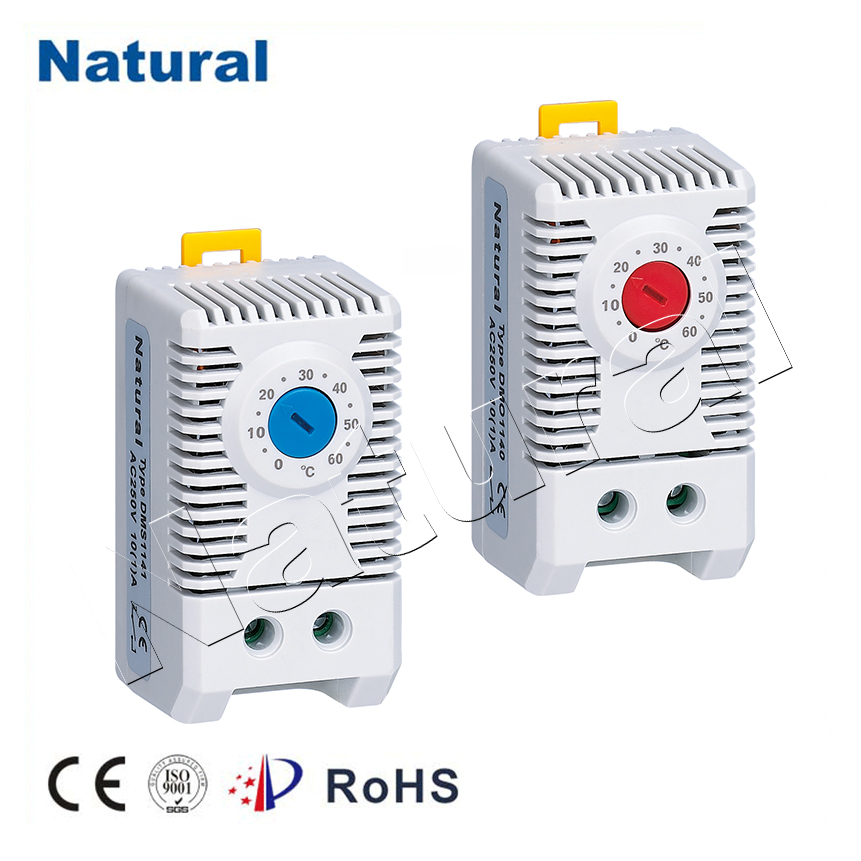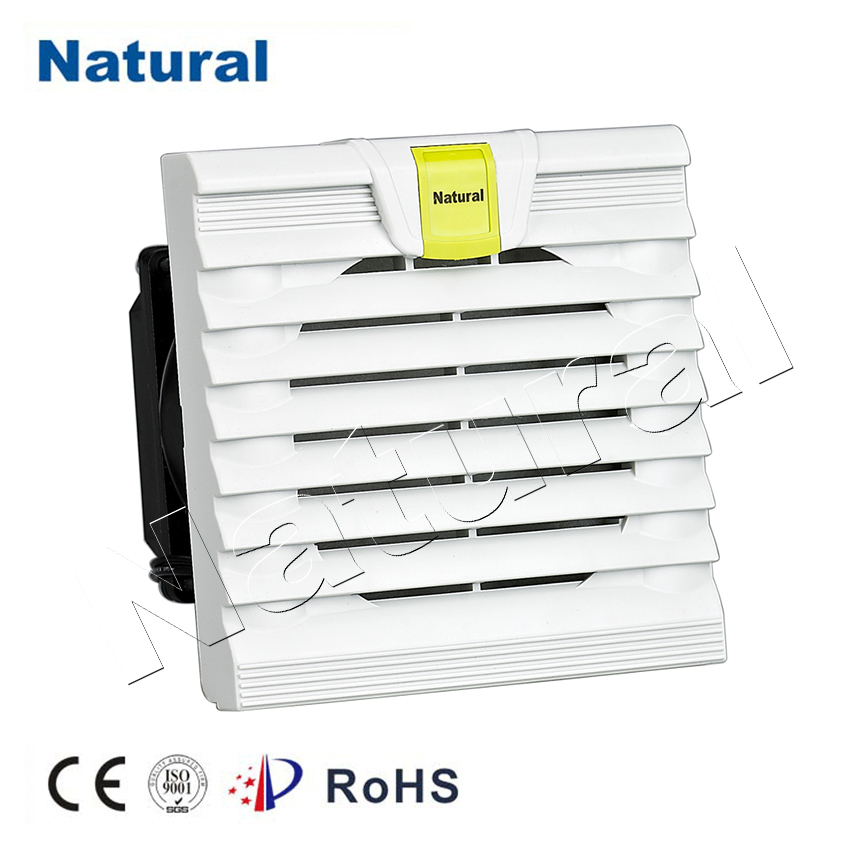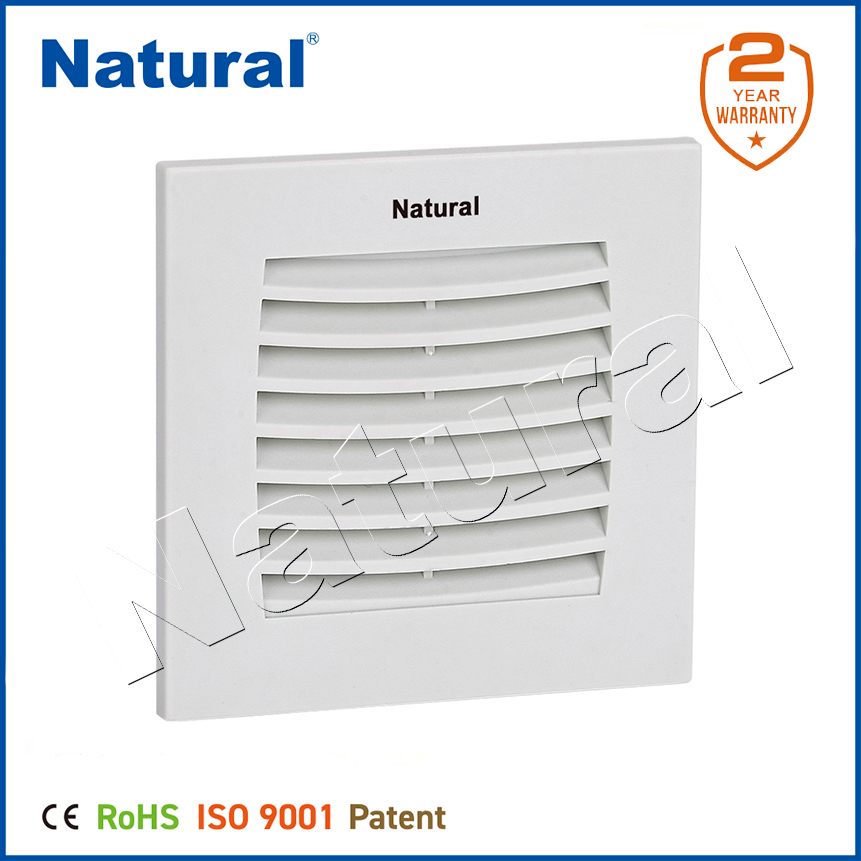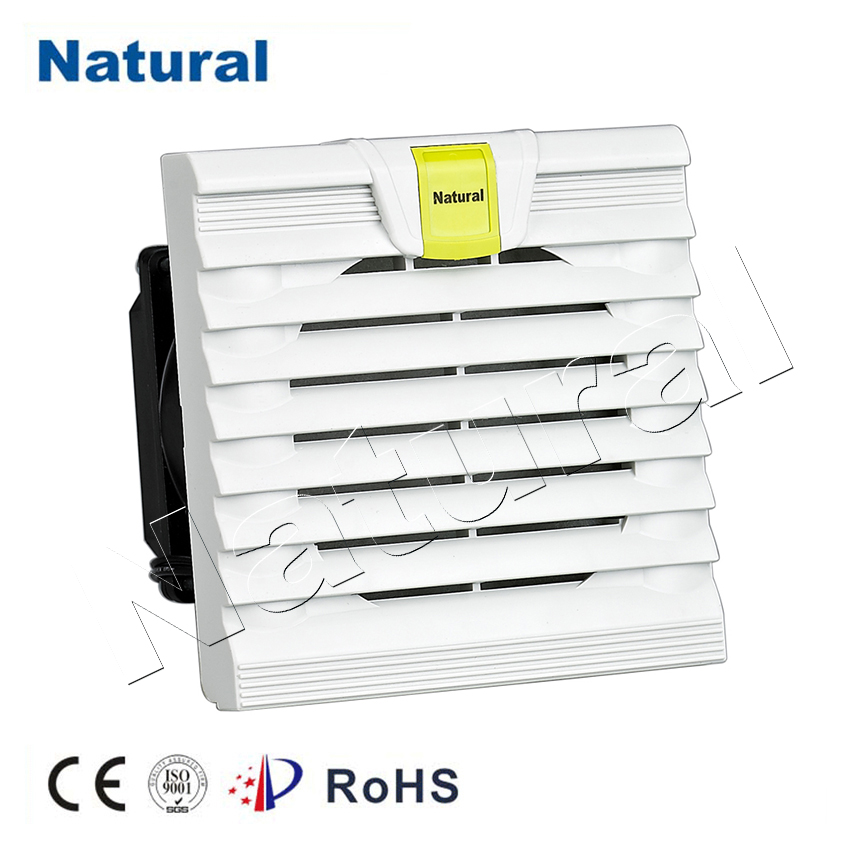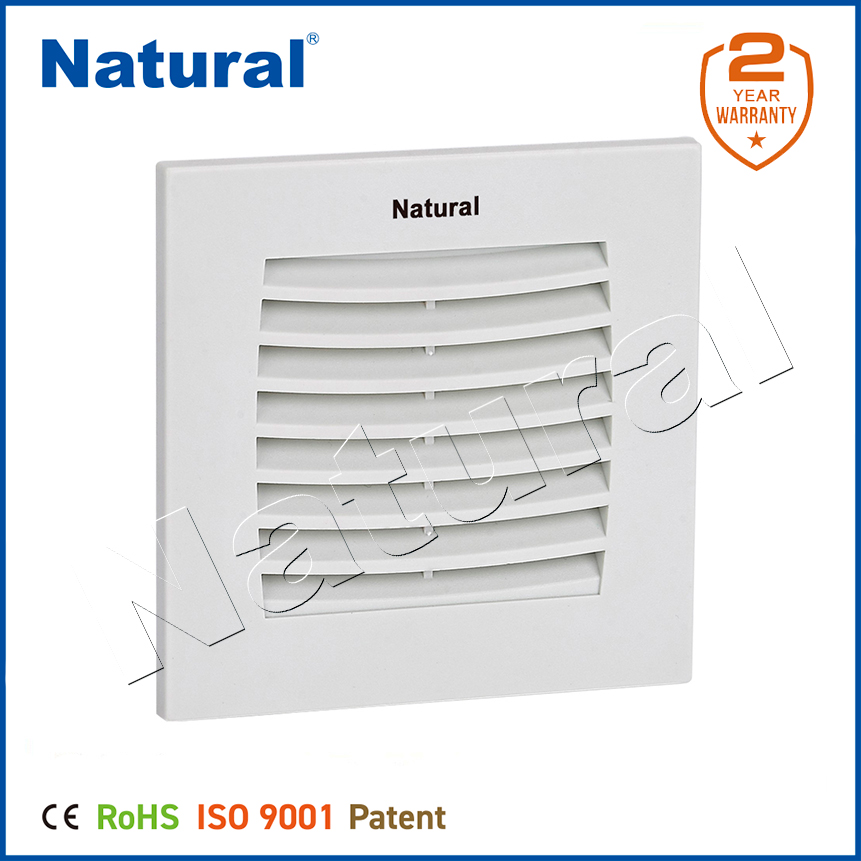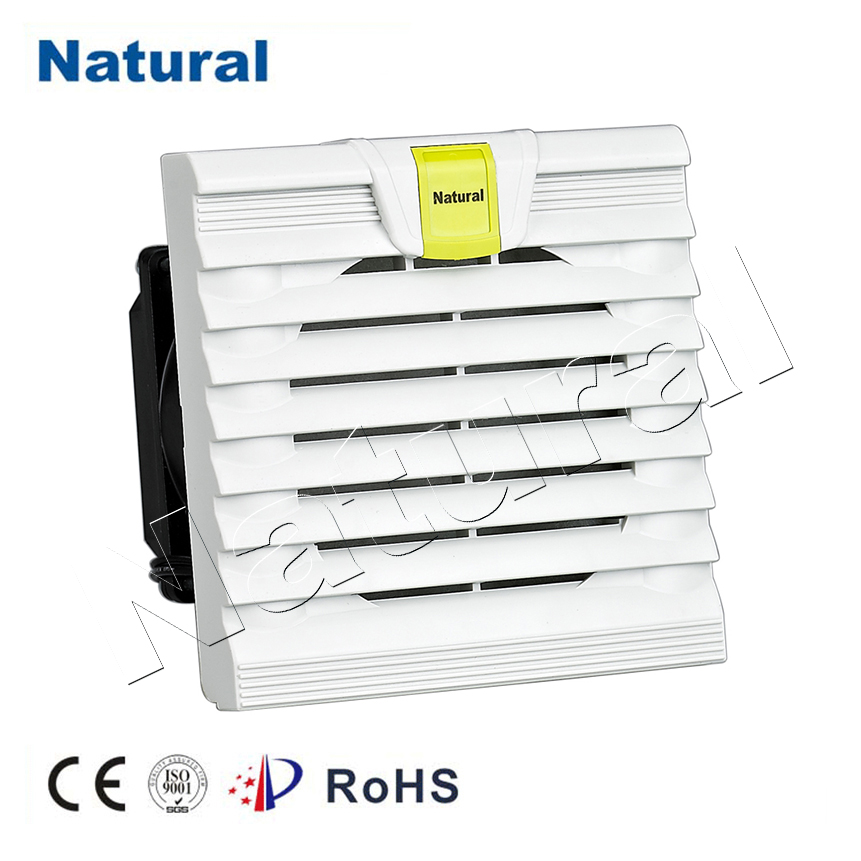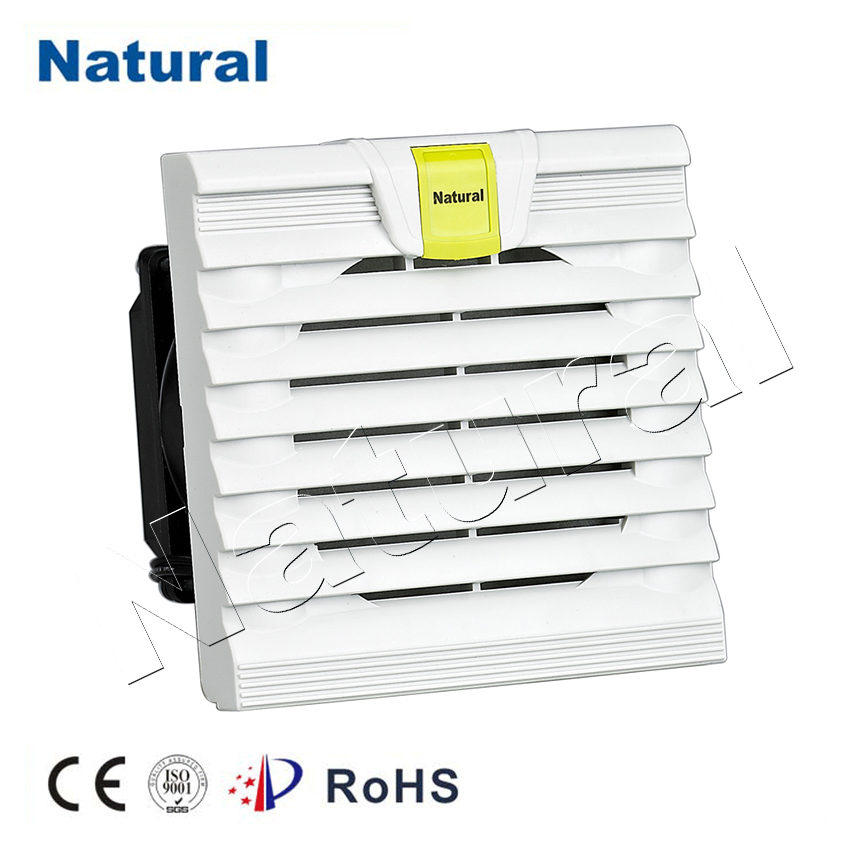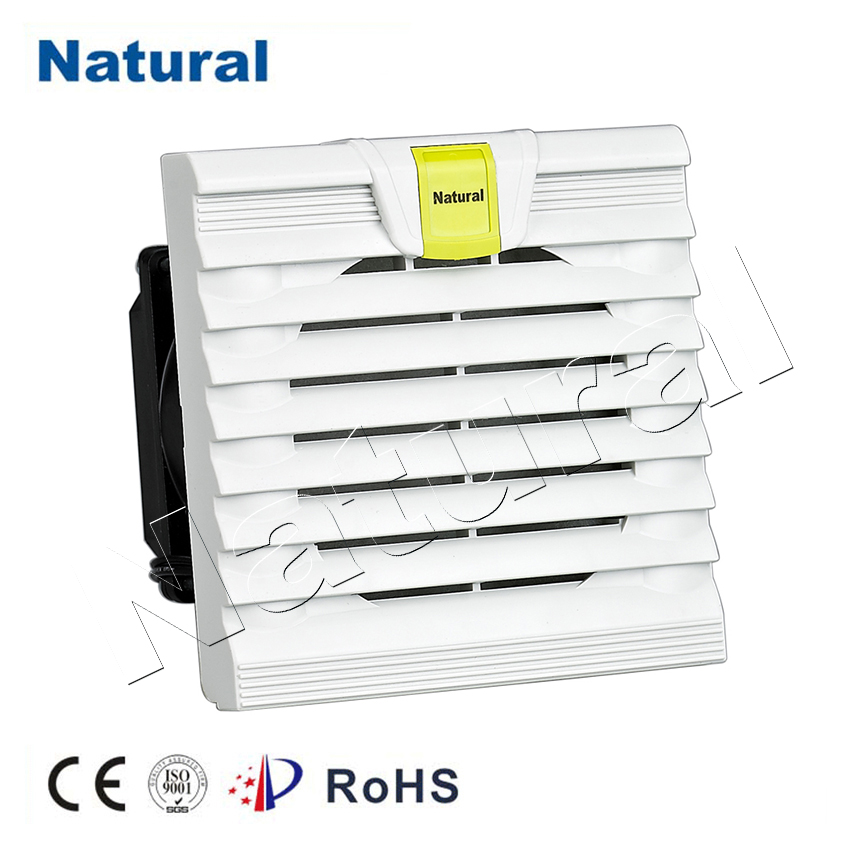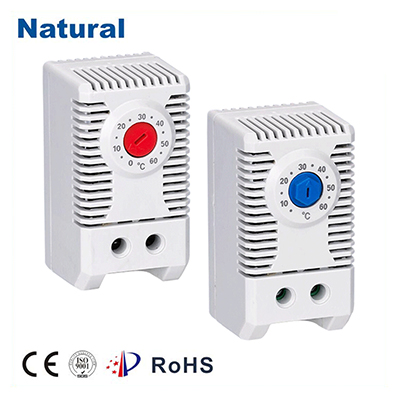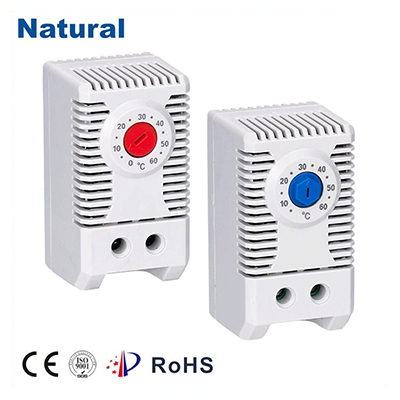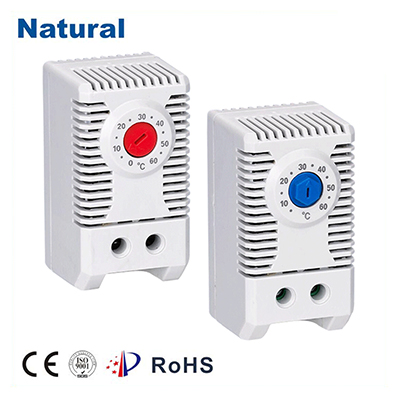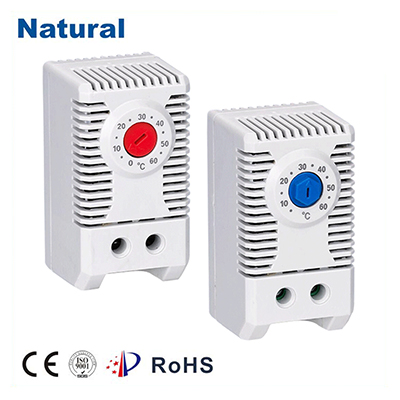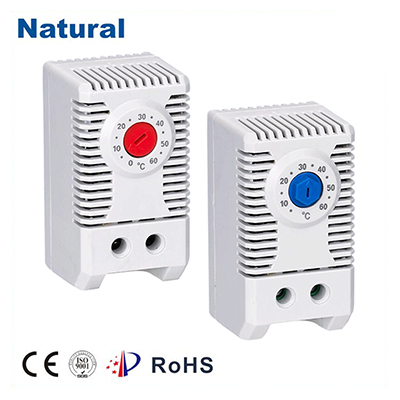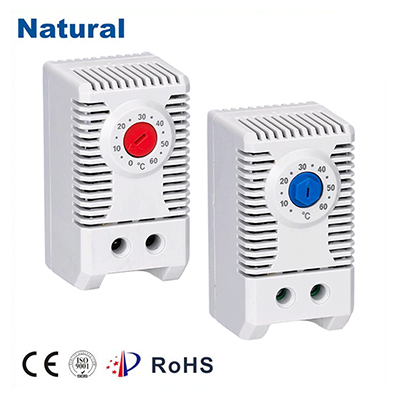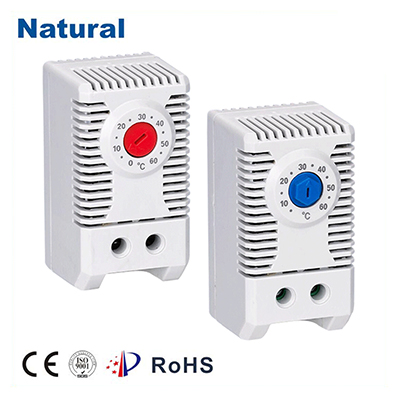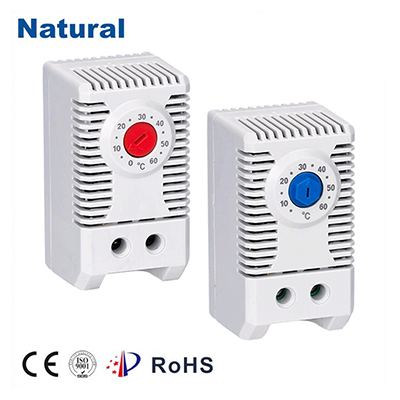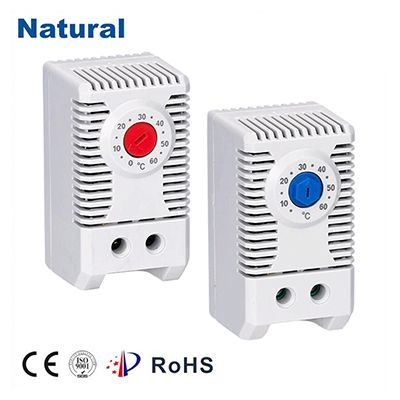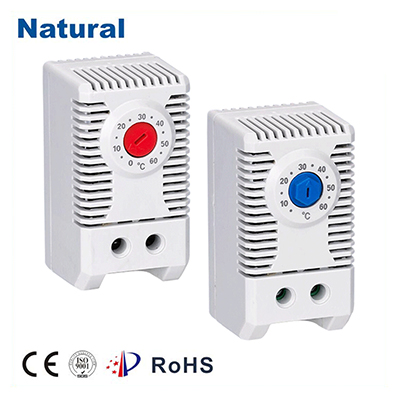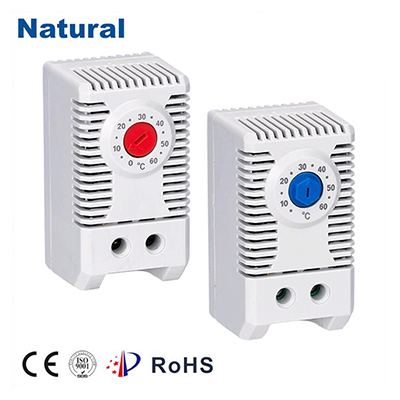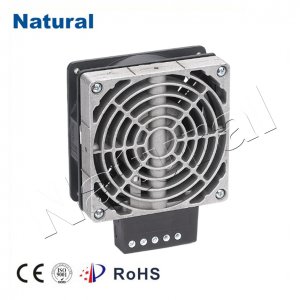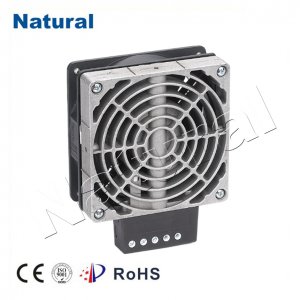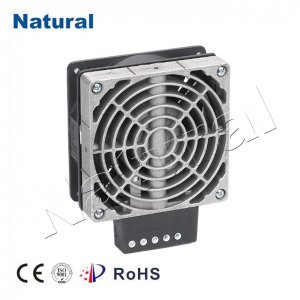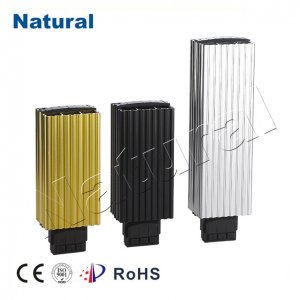A 24V DC thermostat is an essential component in a wide variety of heating, ventilation, and air conditioning (HVAC) systems. These devices control the temperature of a space by regulating the operation of heating or cooling equipment, ensuring comfort and energy efficiency. In this article, we will explore what a 24V DC thermostat is, how it works, and its applications in both residential and commercial environments.
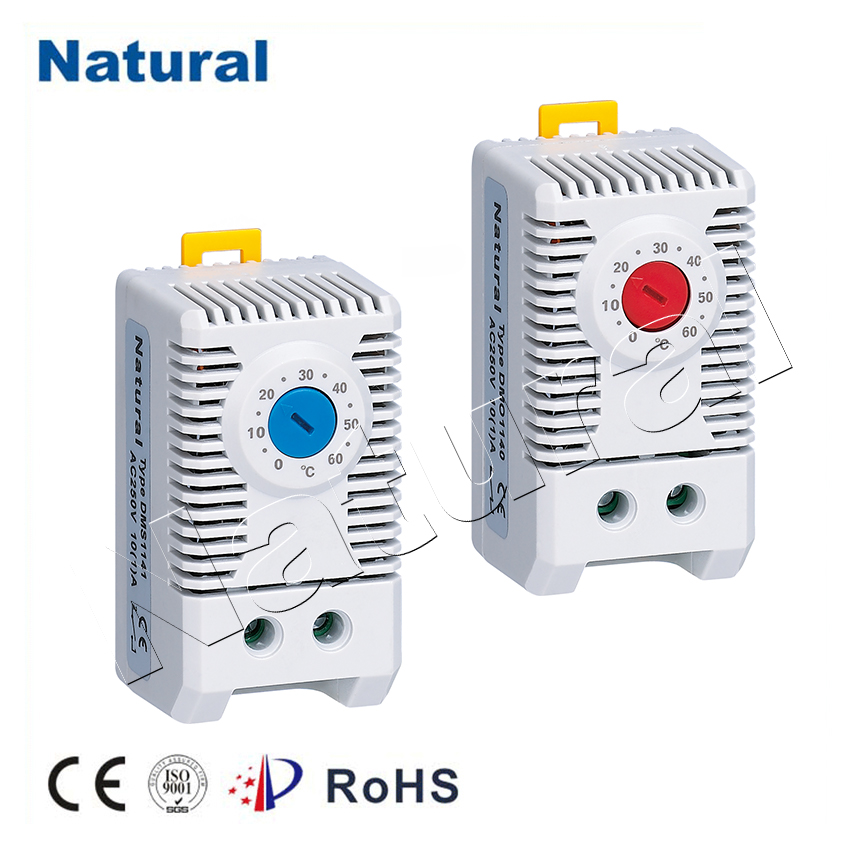
What is a 24V DC Thermostat?
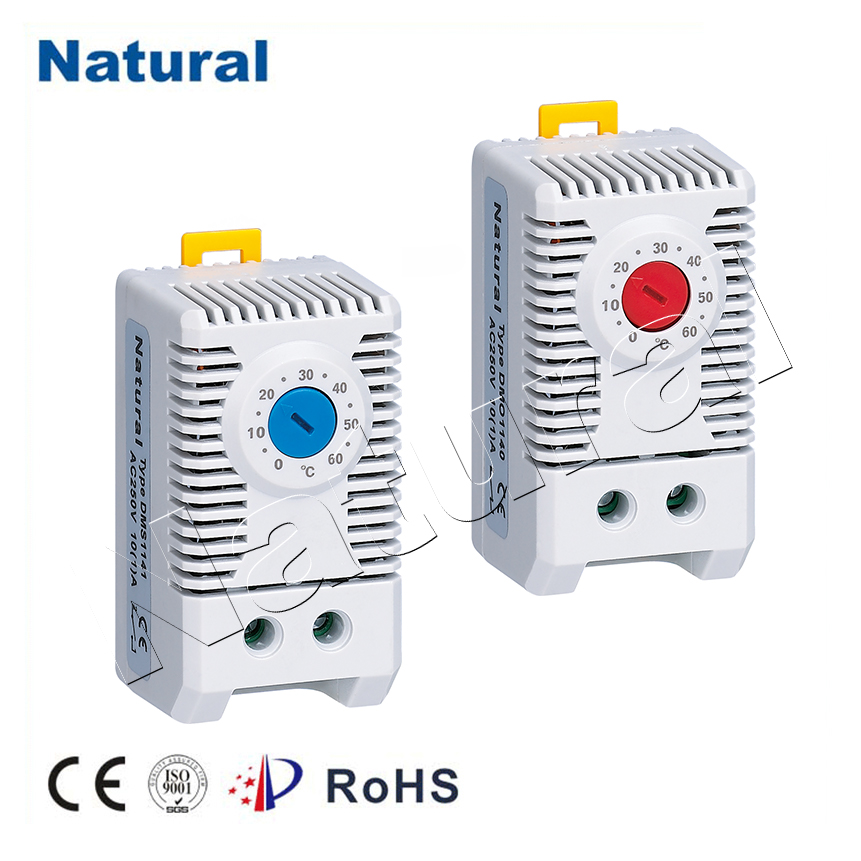
A 24V DC thermostat is a temperature-sensing device that operates on a 24-volt direct current (DC) power supply. This type of thermostat is commonly used in low-voltage systems, such as heating and cooling units, where control of the system is required to maintain a comfortable indoor temperature. The 24V DC system is especially popular in commercial and industrial settings, as well as residential HVAC applications that use low-voltage wiring for safety and efficiency. How Does a 24V DC Thermostat Work? At its core, a 24V DC thermostat consists of a temperature sensor and a control mechanism. The temperature sensor detects the current temperature of the environment and compares it with the set temperature on the thermostat. If there is a difference between the desired and actual temperature, the thermostat activates or deactivates the heating or cooling system.
